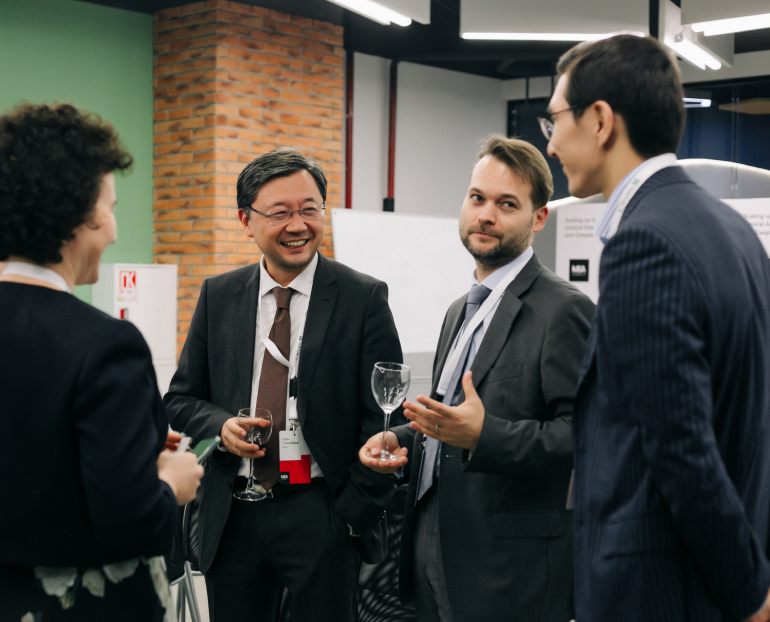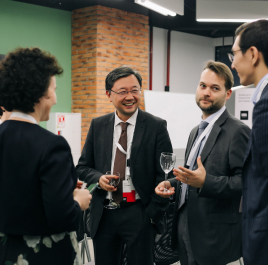TRUSTED BY
Professional network around the globe
Discover M&A Community’s events
May 28, 2025
Archive
EMEA
M&A strategies in Israel: Opportunities and challenges in 2025
M&A strategies in Israel: Opportunities and challenges in 2025
Explore details
May 22, 2025
Archive
EMEA
Energy M&A dynamics in Italy: 2025 cocktail evening
Energy M&A dynamics in Italy: 2025 cocktail evening
Explore details
May 22, 2025
Archive
EMEA
M&A and investment trends in Spain’s energy storage market
M&A and investment trends in Spain’s energy storage market
Explore details
Apr 26, 2025
Archive
EMEA
Karting championship:
M&A Professionals, Iberia
Karting championship:
M&A Professionals, Iberia
Explore details
We are close to our members globally
11
involved industries
576
speakers
18,000+
attendees in 30 countries
M&A highlights and key industry insights
Discover all insightsM&A speakers connecting people around the globe

Guilherme Oliveira Arantes
Manager of Intelligence and Regulation at BNDES, Brazil

Gabriel Amaral
M&A Vice President at Itaú BBA, Brazil

Lukas Hoebarth
Partner at EY

Stania Moraes
CFO of Ciena, Brazil

Mohammed El Madani
Managing Director at Alqant

Andrew Tsaran
Managing Partner at Cukierman & Co., China

Jeremy Lustman
Partner and Head of Israel Country Group at DLA Piper US LLP

Marina Fieschi
Sales Development Representative at Ideals

Guilherme Oliveira Arantes
Manager of Intelligence and Regulation at BNDES, Brazil

Gabriel Amaral
M&A Vice President at Itaú BBA, Brazil

Lukas Hoebarth
Partner at EY

Stania Moraes
CFO of Ciena, Brazil

Mohammed El Madani
Managing Director at Alqant

Andrew Tsaran
Managing Partner at Cukierman & Co., China

Jeremy Lustman
Partner and Head of Israel Country Group at DLA Piper US LLP

Marina Fieschi
Sales Development Representative at Ideals

















